Across cultures, we lean on animals to make sense of human character – strength in the lion, cleverness in the crow, patience in the badger, and quiet danger in the cobra. In a moment when myth and science often talk past each other, blending s with real species offers a rare truce: a story-led entry point backed by behavioral biology. The idea isn’t to crown mascots but to match values with field data and lab insights. Scientists who study social carnivores, tool-making birds, and cryptic reptiles keep revealing patterns that feel uncannily familiar to how we talk about courage, loyalty, wit, and ambition. Here’s where fantasy meets evidence – and why that bridge matters more than it looks at first glance.
The Hidden Clues
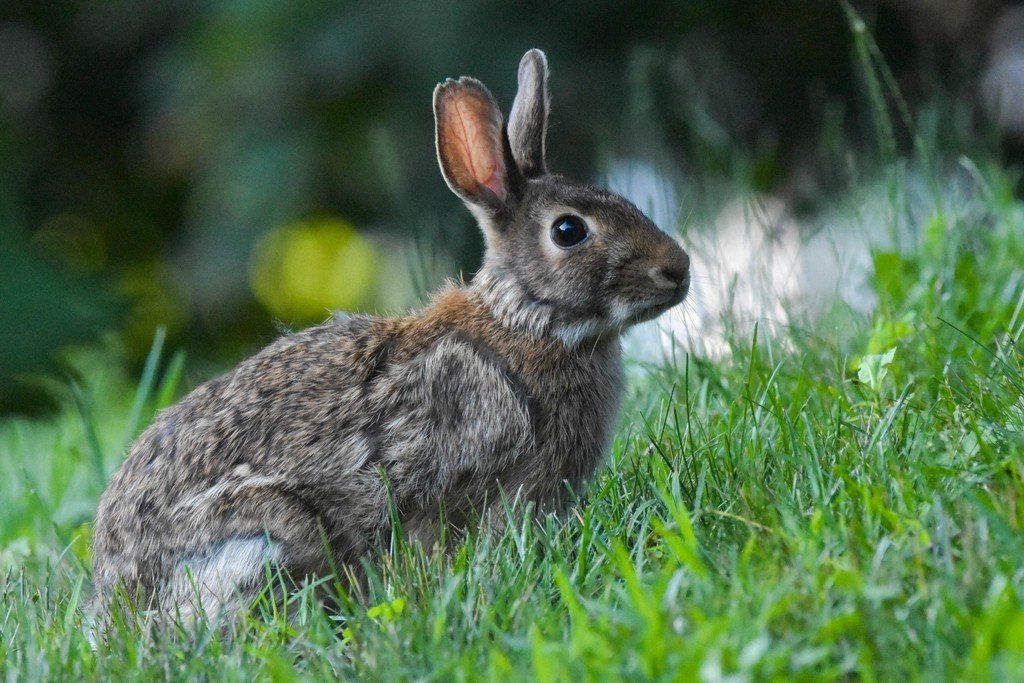
What if the traits we sort into houses already unfold every day in forests, savannas, and mangroves? Ethologists track how animals make decisions under risk, invest in relationships, and navigate conflicts, turning big virtues into measurable behaviors. Rather than calling a species brave or cunning, researchers watch the trade-offs: when to fight, when to flee, when to share, and when to wait. Those choices create a mosaic of strategies that echo the house identities we know by heart. Seen this way, spirit animals aren’t magical shortcuts; they’re working hypotheses about patterns we can observe and test. The trick is resisting fairy-tale oversimplification while still letting the story invite us in.
Gryffindor: Lion Logic and the Biology of Boldness
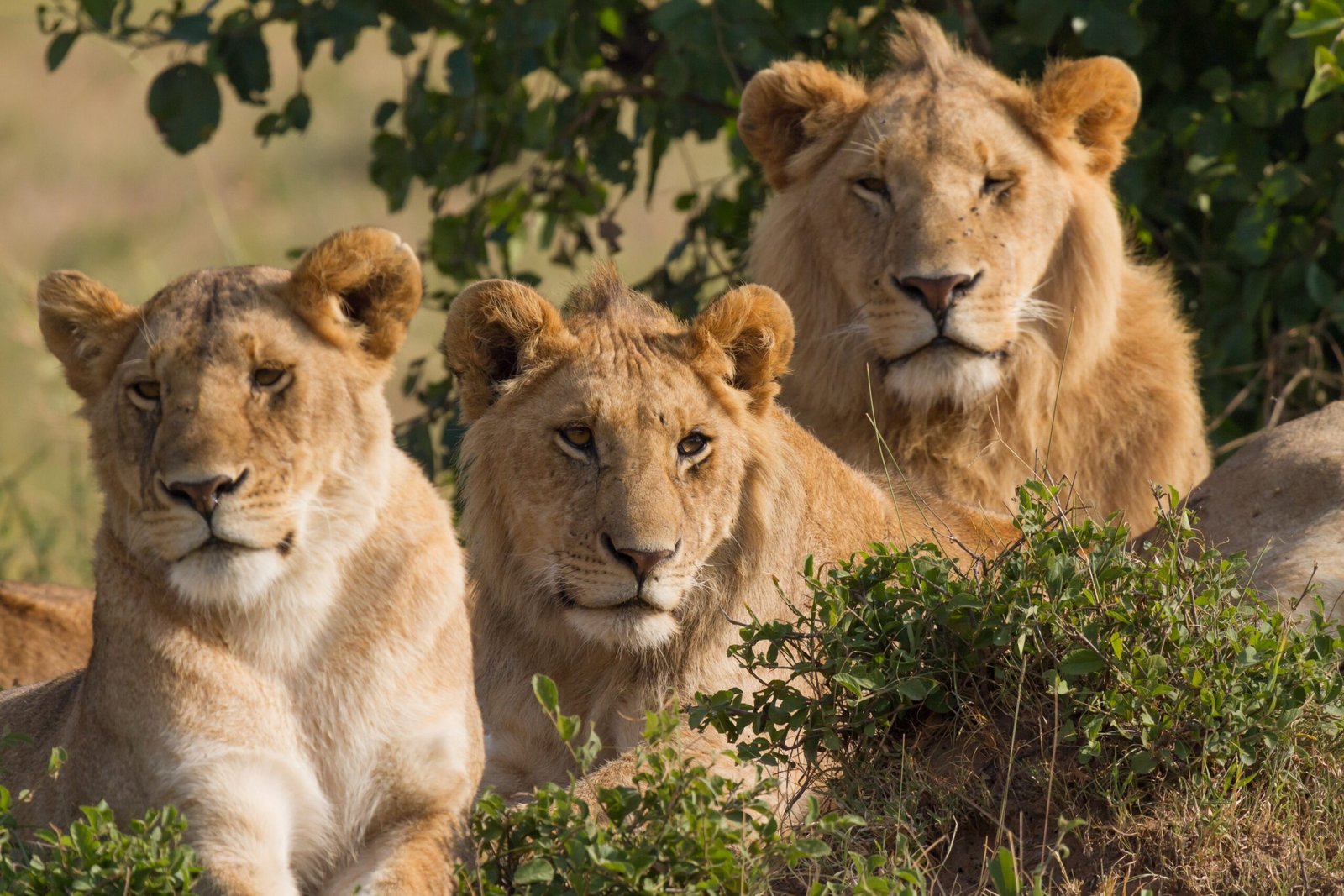
Gryffindor champions daring, and lions illustrate how courage is rarely reckless theater – it’s calculus under pressure. In prides, related females coordinate hunts and defense, and coalitions of males gamble on confrontations that can reshape territory and breeding chances. Field studies show that roaring, scent-marking, and synchronized movements aren’t swagger; they’re signals and tactics that reduce uncertainty and rally allies when stakes spike. Cubs learn by shadowing experienced hunters, making boldness less a personality flare and more a practiced response to context. Even apparent heroics – standing ground when intruders press in – come with cost-benefit logic molded by hunger, offspring survival, and group cohesion. Gryffindor’s spirit animal isn’t a caricature of bravery; it’s the lion’s disciplined willingness to risk when the data say it’s time.
Hufflepuff: Badger Grit and the Quiet Strength of Cooperation
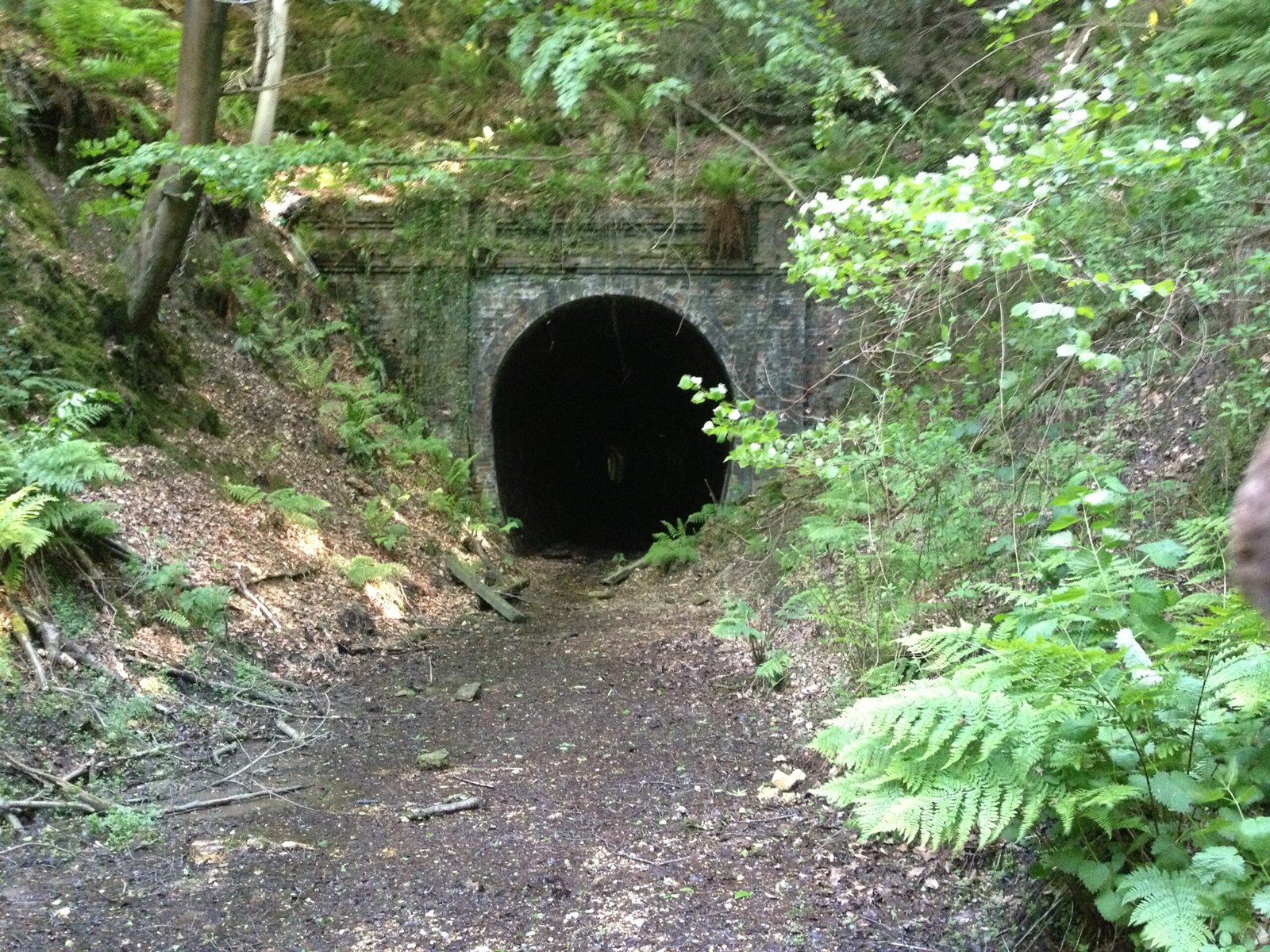
Hufflepuff’s values of loyalty and steady work come alive in the European badger, a meticulous engineer beneath our feet. Badgers maintain multigenerational tunnel systems called setts, expanding and ventilating them with a patience that looks almost architectural. Social groups share latrines and grooming duties, habits that cut parasite loads and keep peace in tight quarters where small conflicts could spiral. They forage widely, shift diets with the seasons, and slow activity in harsh winters, a pragmatic flexibility that keeps the group stable. While headlines chase spectacular predators, badgers show how communities win by avoiding drama, saving energy, and investing in neighbors. If I had to pick the house most underestimated by flashy narratives, I’d stake a quiet bet on Hufflepuff – and the badger would keep digging, unbothered.
Ravenclaw: Crow Intelligence and the Architecture of Insight
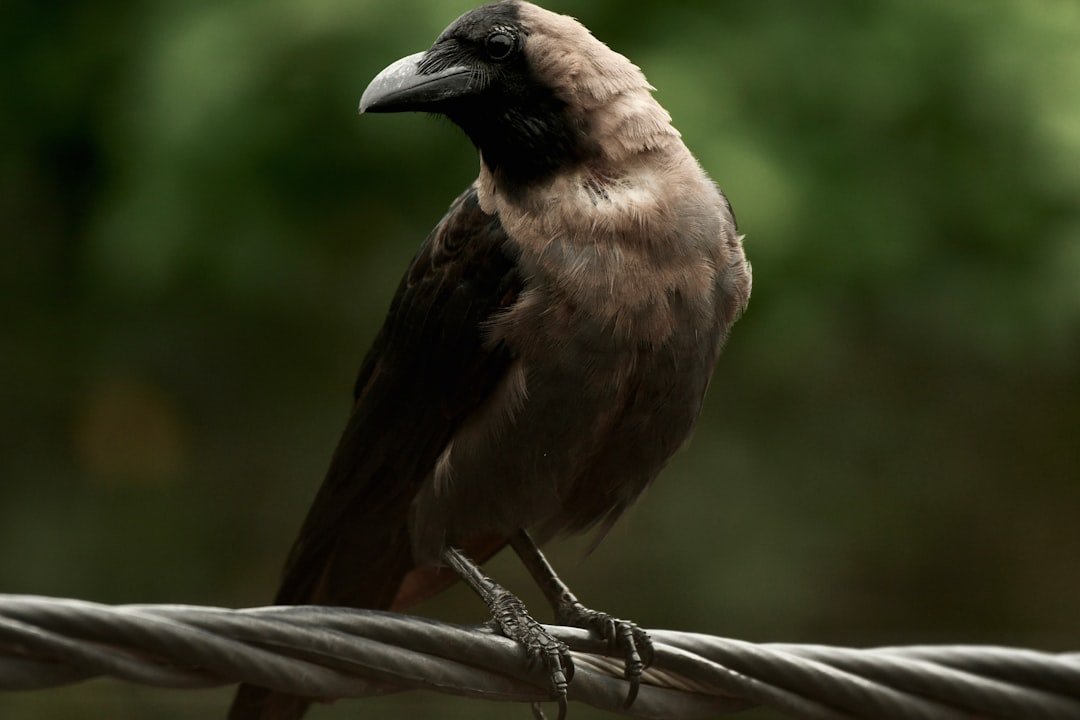
For Ravenclaw’s curiosity and creativity, corvids – especially New Caledonian crows – are a near-perfect fit. These birds craft and carry toolkits, shaping hooks from twigs or leaves to fish out hidden prey, then refining designs through trial and social learning. Corvid memory is deep and flexible; food-caching species recall countless stash sites and adjust behaviors if they think another bird was watching. Studies of multi-step puzzle boxes reveal planning, causal reasoning, and improvisation that feel eerily innovative. Even play has a purpose, as juveniles experiment with objects and learn local solutions that can spread culturally through populations. Ravenclaw’s spirit animal isn’t just smart – it’s a builder of ideas with evidence of creativity etched into its tools.
Slytherin: King Cobra Strategy and the Art of Ambition
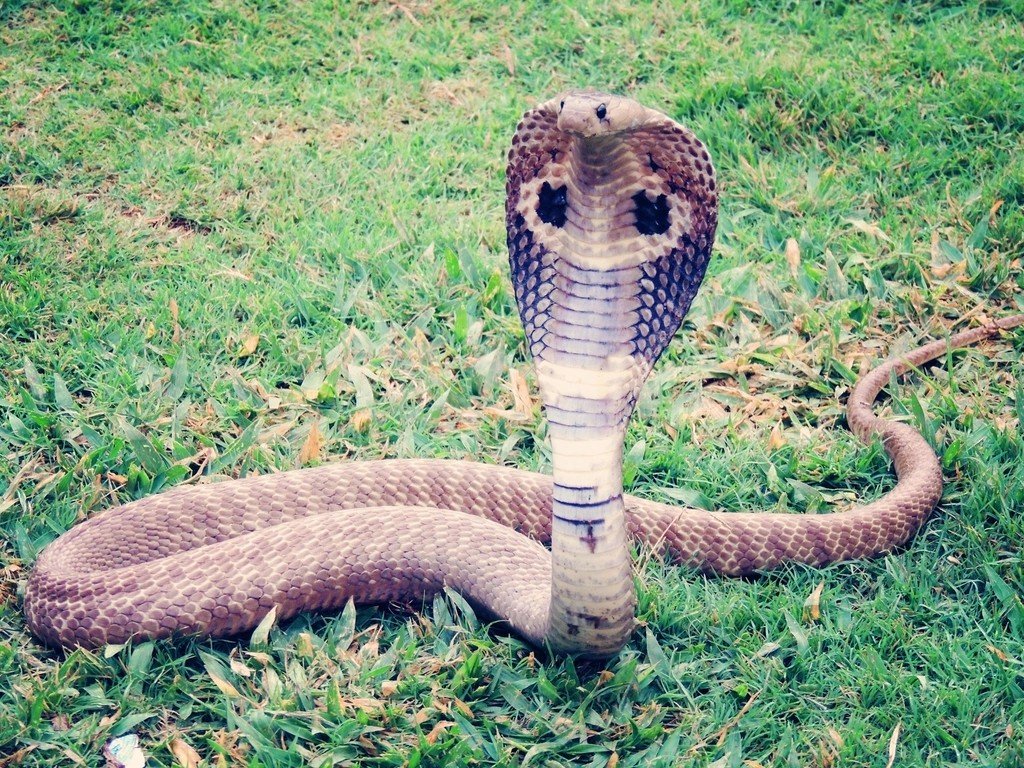
Slytherin’s ambition and resourcefulness match the king cobra, a specialist that thrives by mastering a niche few others can hold. The world’s largest venomous snake preys primarily on other snakes, a risky diet that rewards patience, sensory precision, and decisive execution. Females construct and guard leaf-litter nests – an unusual investment in parental care among snakes – that protects eggs in a fragile window between seasons. Displays are deliberate: a raised hood, a controlled advance, and a threat that warns rivals to reconsider before conflict wastes energy. This species occupies complex, shrinking habitats where stealth and strategy are the only paths to survival. If ambition means committing to a rare expertise and defending it efficiently, the king cobra wears Slytherin’s colors with calm authority.
Why It Matters
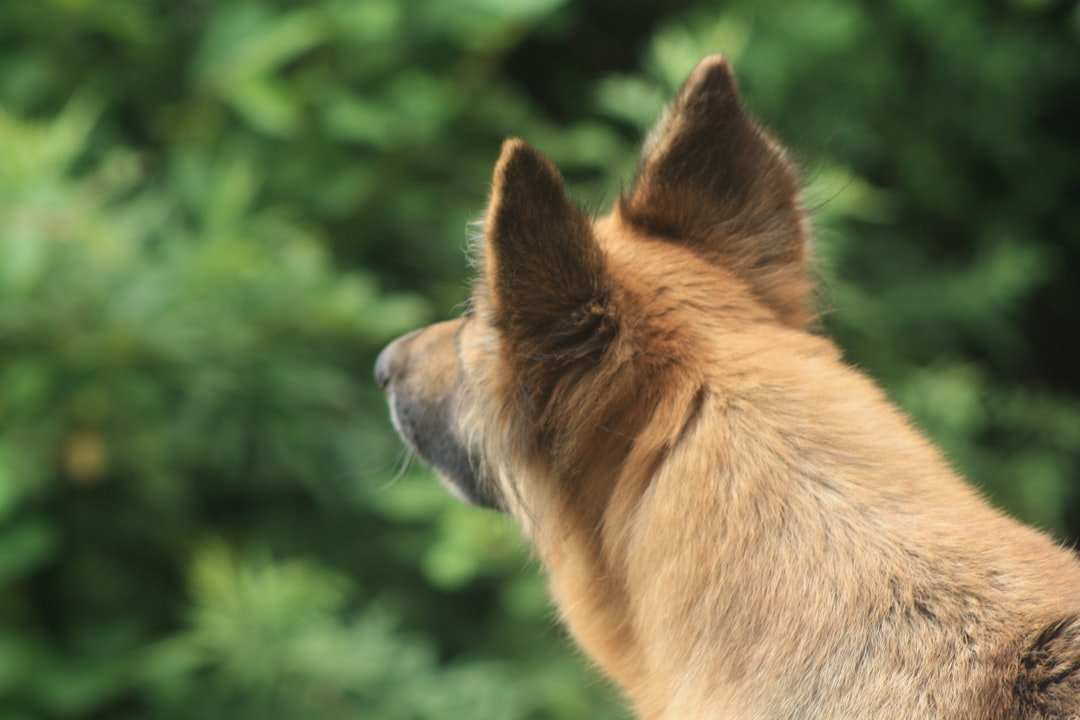
Pairing houses with animals isn’t just fun; it’s a science communication tool that nudges us toward evidence over assumption. Courage becomes measurable risk management, kindness turns into cooperative hygiene and resource sharing, wit shows up as tool design and planning, and ambition reads as niche specialization under ecological constraints. That framing helps classrooms and families talk about character without moralizing, rooting virtues in trade-offs animals navigate to stay alive. It also fights the myth that nature is either ruthless or gentle by showing it’s both, depending on context and energy budgets. When we map stories to data, we build empathy for species we might otherwise ignore and a better intuition for conservation choices. The houses become lensing devices, sharpening – not blurring – what the field notes say.
The Future Landscape
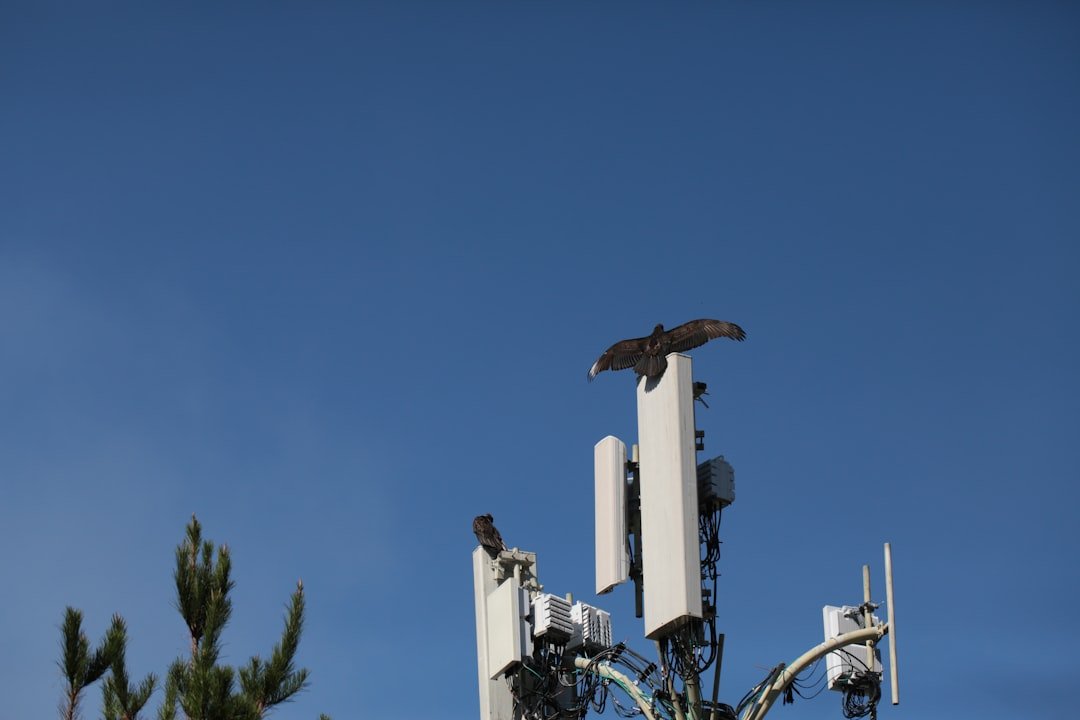
Emerging tools will deepen these portraits and probably upend a few assumptions along the way. High-resolution bio-logging and lightweight GPS collars are clarifying how lion coalitions split, reunite, and synchronize beyond the reach of human observers. Noninvasive genetics is revealing hidden social ties in badgers and how kinship shapes sett maintenance and conflict resolution. In the air, drone-based observation paired with computer vision can track crow interactions, tool transport, and teaching moments without disrupting behavior. For elusive snakes, environmental DNA and acoustic monitoring are expanding detection windows, mapping king cobra presence where visual surveys fall short. As datasets grow, machine learning will test which human virtues actually map onto behaviors – and which need rewriting.
Global Perspectives
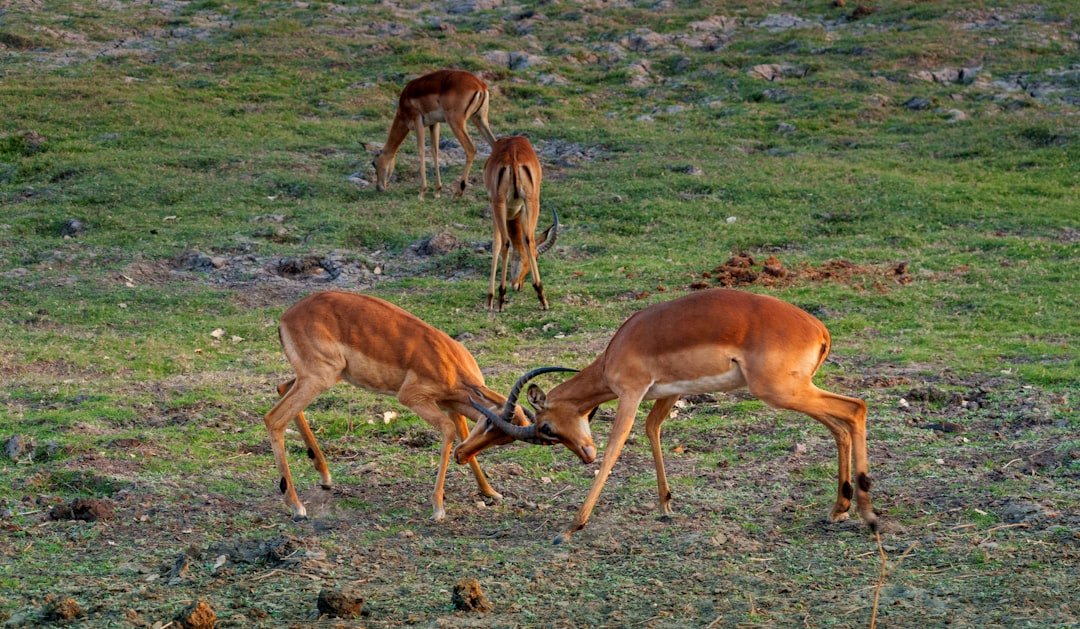
These spirit animals live along fault lines where conservation and culture collide, and those tensions differ by region. Lion ranges have fractured under expanding pasture and development, making coexistence projects with herders as critical as any protected park. Badgers face local controversies where disease management and agricultural interests clash with welfare and ecosystem roles. Corvids often thrive near people, yet persecution and habitat loss can unravel local knowledge traditions carried through generations. King cobras suffer from deforestation and human-wildlife conflict in fast-changing landscapes, where a single road can bisect a population’s lifeline. Recognizing each species as a stand-in for a house value reframes policy as character education for ecosystems we share.
Conclusion
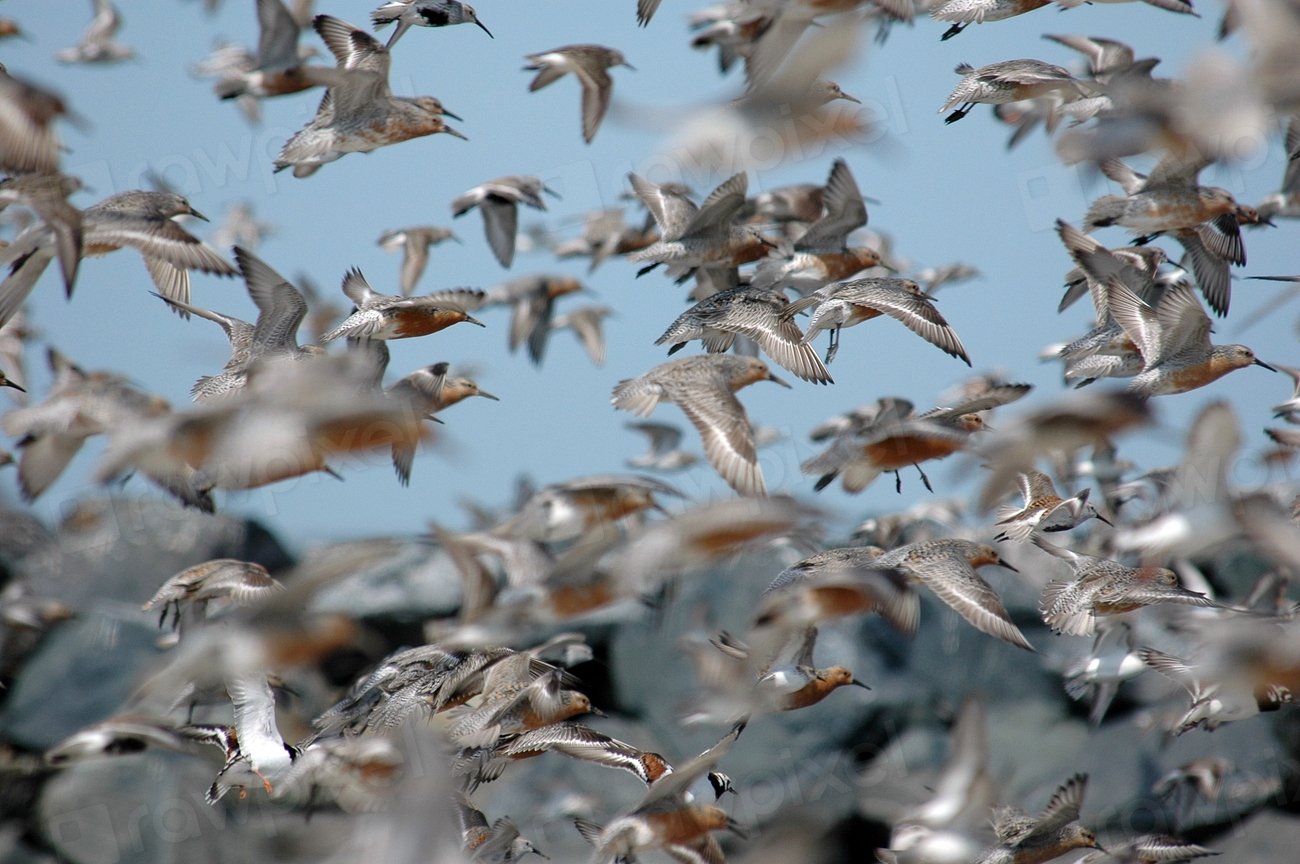
Start local: look up regional wildlife groups that track carnivores, corvids, and reptiles, and share their updates with a school or library that loves Hogwarts lore. Support habitat connectivity projects that keep lions moving, hedgerow and woodland stewardship that benefits badgers, urban green spaces where crows can thrive, and forest corridors critical for king cobras. If you teach, use house-animal pairings to model evidence-based thinking – ask students to find the behavior that matches the value and bring a study to back it. For readers who can, donate to field teams using noninvasive monitoring and data-sharing to reduce conflict with communities. Most of all, practice the virtues you admire in the wild – courage with care, loyalty without noise, curiosity with rigor, and ambition with restraint – because those choices scale when many of us make them.

Suhail Ahmed is a passionate digital professional and nature enthusiast with over 8 years of experience in content strategy, SEO, web development, and digital operations. Alongside his freelance journey, Suhail actively contributes to nature and wildlife platforms like Discover Wildlife, where he channels his curiosity for the planet into engaging, educational storytelling.
With a strong background in managing digital ecosystems — from ecommerce stores and WordPress websites to social media and automation — Suhail merges technical precision with creative insight. His content reflects a rare balance: SEO-friendly yet deeply human, data-informed yet emotionally resonant.
Driven by a love for discovery and storytelling, Suhail believes in using digital platforms to amplify causes that matter — especially those protecting Earth’s biodiversity and inspiring sustainable living. Whether he’s managing online projects or crafting wildlife content, his goal remains the same: to inform, inspire, and leave a positive digital footprint.




